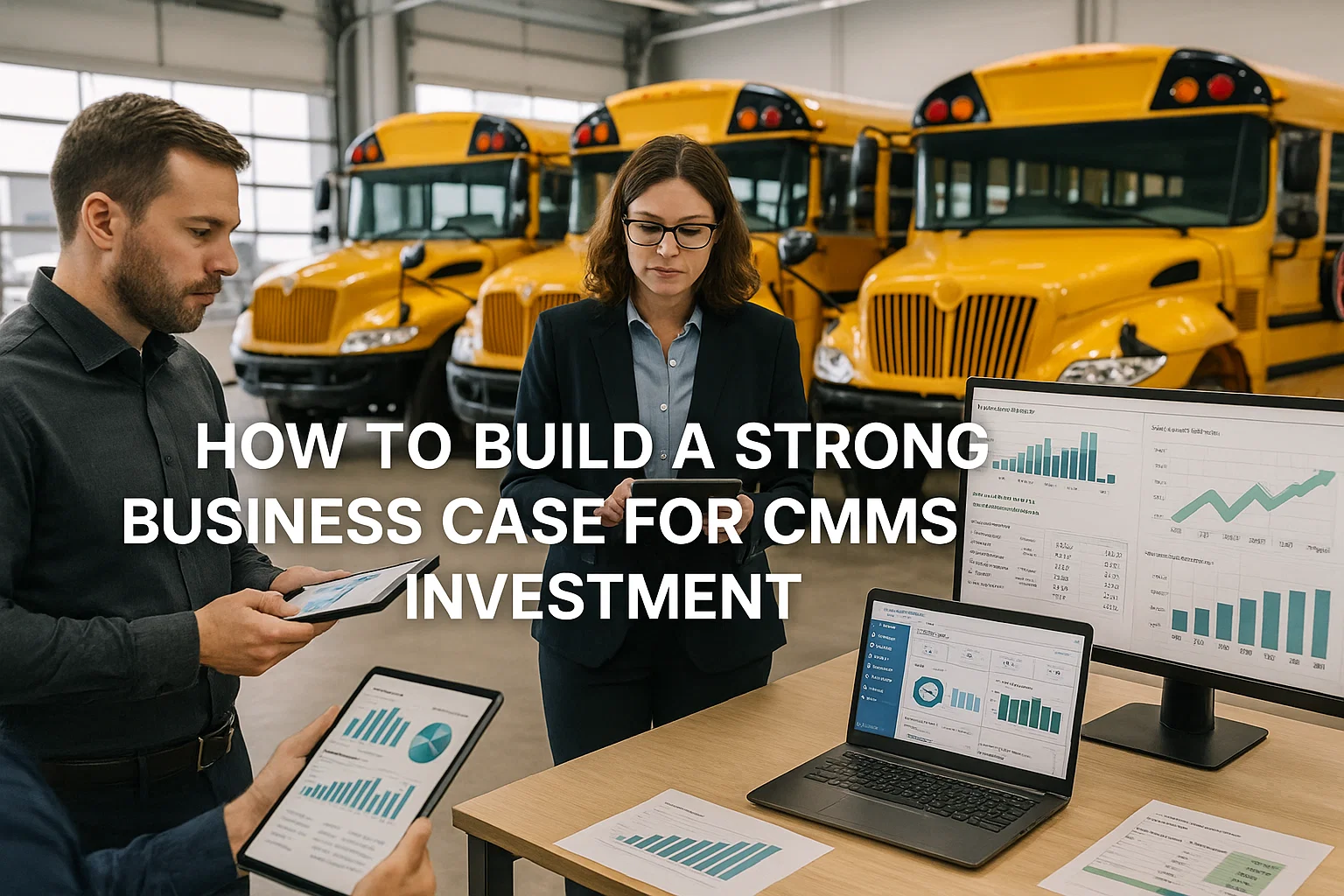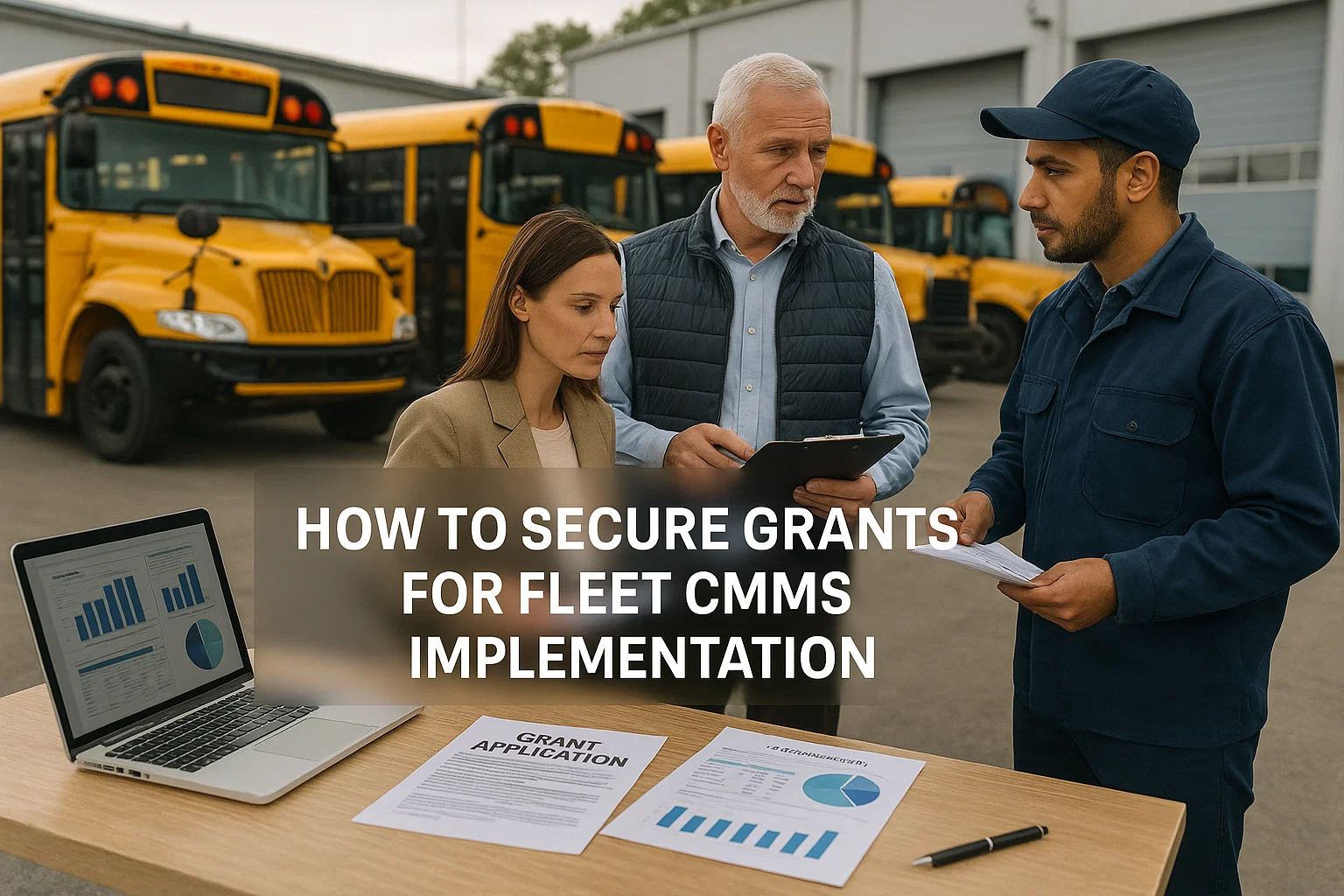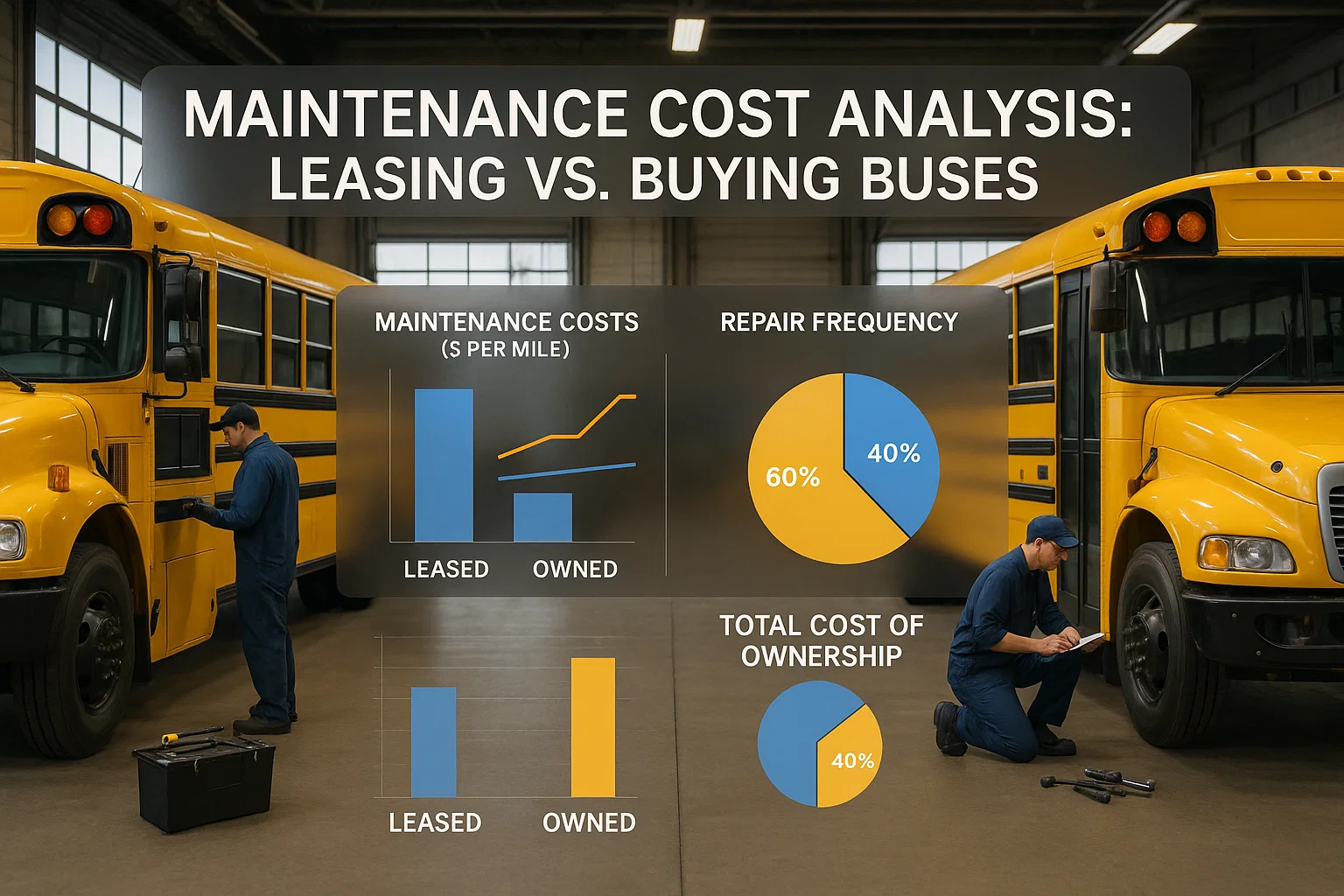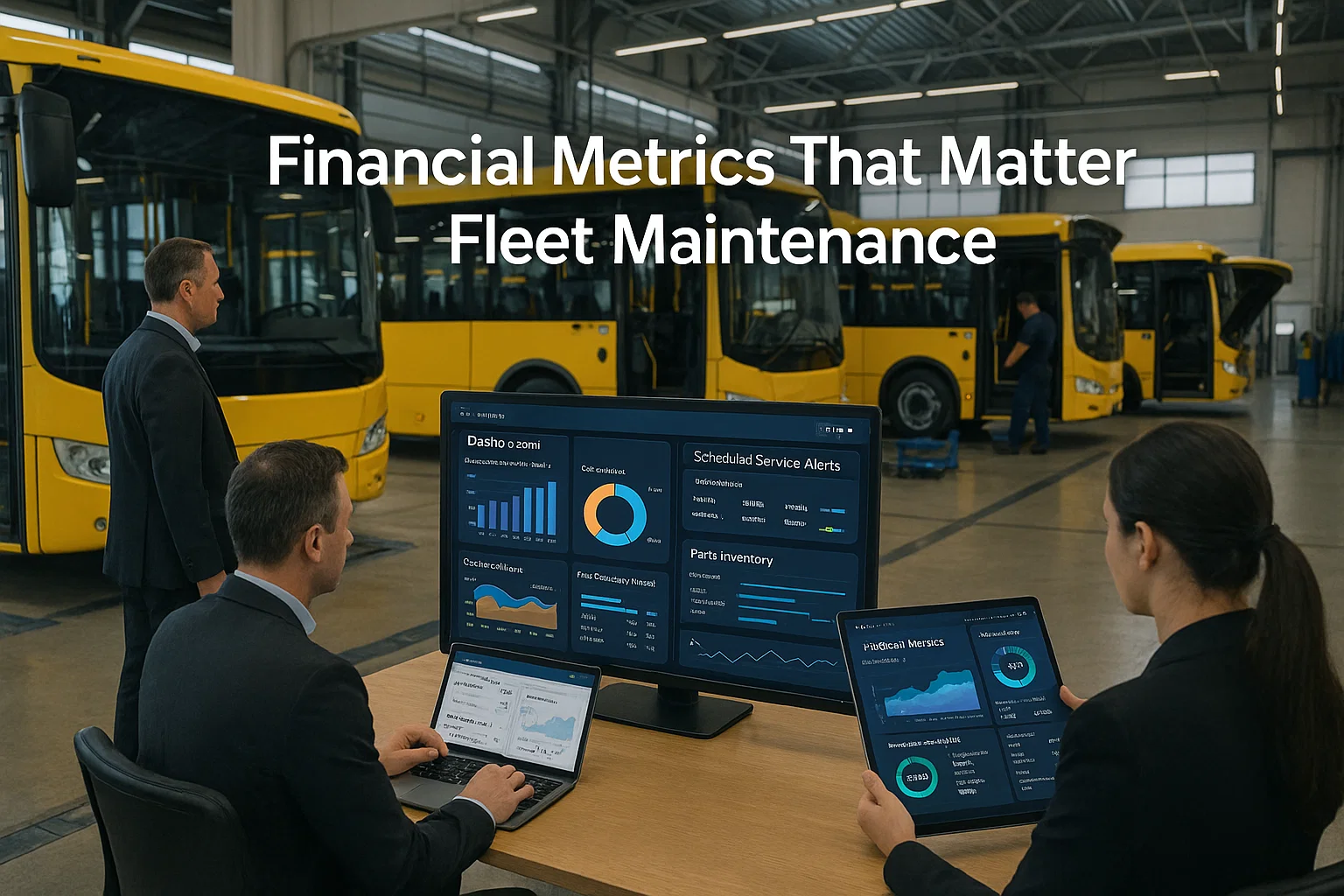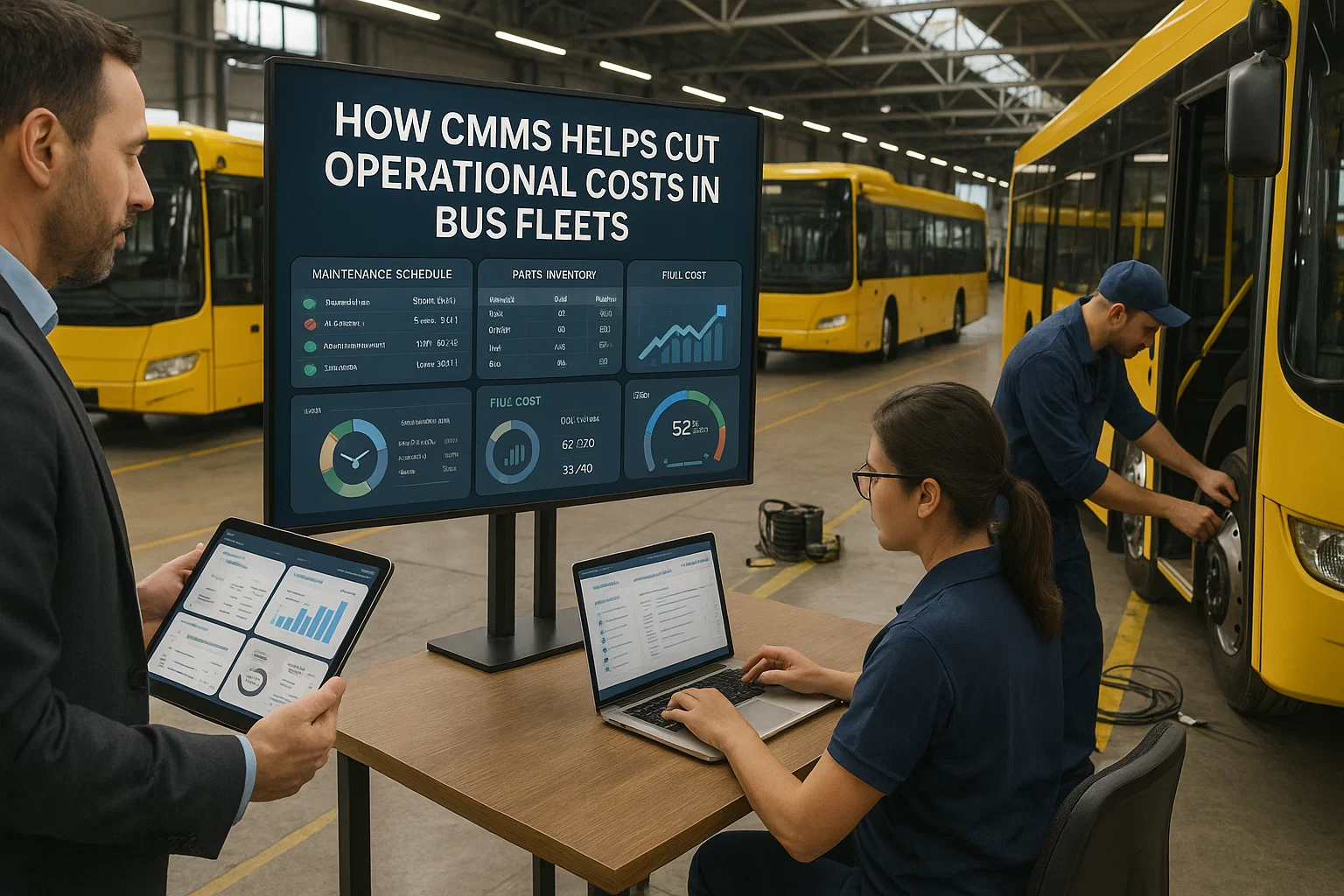Building a compelling business case for CMMS investment requires more than spreadsheets and cost projections—it demands a strategic narrative that connects technology capabilities with organizational objectives and stakeholder priorities. Modern fleet management platforms deliver transformative value across operations, but securing investment approval requires articulating benefits in language that resonates with decision-makers focused on financial returns, risk mitigation, and competitive positioning.
The challenge facing fleet managers isn't proving CMMS value—the evidence is overwhelming with documented ROI of 300-400% and payback periods under 18 months. Rather, the challenge lies in constructing business cases that cut through organizational inertia, compete successfully for limited capital, and inspire stakeholders to embrace transformational change. Strategic investment planning tools help organizations build cases that combine hard financial metrics with compelling operational narratives that drive approval and enthusiasm.
Successful business cases leverage comprehensive benefit analysis to demonstrate how CMMS investment addresses multiple organizational pain points simultaneously—reducing costs by 30-40%, improving safety and compliance, enhancing customer satisfaction, and positioning fleets for future growth. Organizations that master business case development secure not just funding but enthusiastic support that ensures successful implementation and maximum value realization.
Build Your Winning CMMS Business Case
Get the tools and insights to secure investment approval for fleet transformation.
Getting StartedBook a Demo
Quantifying Financial Returns and ROI
The foundation of any compelling business case rests on demonstrable financial returns that justify investment and compete favorably with alternative capital allocations. ROI calculation platforms provide sophisticated modeling that captures both direct savings and indirect benefits, building irrefutable financial arguments for CMMS investment.
Direct Cost Reduction Calculations
Direct savings from CMMS implementation include reduced maintenance costs through optimized scheduling (20-25% reduction), decreased parts inventory through better forecasting (30-40% reduction), lower overtime through efficient work allocation (50-60% reduction), and eliminated emergency repairs through predictive maintenance (70-80% reduction). Financial modeling tools aggregate these savings to demonstrate total cost reductions of 35-45% within 24 months.
Organizations must present these savings in context—a fleet spending $2 million annually on maintenance can expect $700,000-900,000 in direct savings, delivering payback in 12-15 months on typical CMMS investments of $200,000-400,000. Investment analysis platforms generate detailed projections showing monthly cash flow improvements and cumulative returns over 3-5 year periods.
Indirect Value Quantification
Indirect benefits often exceed direct savings but require careful quantification to gain credibility. Improved vehicle availability worth $500-1,500 per day per vehicle, reduced accident liability saving $100,000-500,000 in settlements and insurance, enhanced customer retention worth $50,000-200,000 per saved account, and deferred capital expenditures through extended vehicle life worth millions. Value modeling systems translate these operational improvements into financial metrics that CFOs understand and appreciate.
Identifying and Articulating Pain Points
Critical Organizational Challenges
- Escalating Maintenance Costs: Document 10-15% annual increases consuming growing budget shares
- Compliance Violations: Highlight regulatory risks including fines, shutdowns, and liability exposure
- Service Failures: Quantify customer impacts from breakdowns and unreliability
- Competitive Disadvantage: Show how manual processes limit growth and market position
- Data Blindness: Demonstrate inability to make informed decisions without proper analytics
Effective business cases connect CMMS capabilities directly to specific organizational pain points that keep executives awake at night. Pain point assessment tools help identify and prioritize challenges that resonate most strongly with decision-makers, ensuring the business case addresses real, recognized problems rather than theoretical improvements.
Risk Mitigation Value
Risk reduction often provides the most compelling argument for CMMS investment, particularly for risk-averse organizations. Documenting how CMMS prevents catastrophic failures, ensures regulatory compliance, protects against liability, and maintains service continuity transforms the discussion from cost to risk management. Risk quantification platforms assign dollar values to avoided risks, demonstrating that CMMS investment provides insurance against potentially devastating events.
Building Stakeholder Coalition Support
Successful business cases require support from diverse stakeholders with varying priorities and perspectives. Stakeholder engagement platforms help identify key influencers, understand their concerns, and craft messages that resonate with each audience while building consensus for investment.
Executive Leadership Alignment
CEO/President Focus
Strategic advantage, growth enablement, and competitive positioning
CFO Priorities
ROI metrics, cash flow improvements, and capital efficiency
COO Concerns
Operational efficiency, service quality, and process improvement
Tailoring arguments to executive priorities ensures the business case resonates at the highest levels. CEOs respond to competitive advantage and growth potential, CFOs focus on financial returns and risk mitigation, while COOs prioritize operational excellence and efficiency gains. Executive presentation tools help craft compelling narratives that address each leader's specific concerns.
Operational Team Buy-In
Securing support from operational teams who will use the CMMS daily proves critical for both approval and successful implementation. Demonstrating how CMMS eliminates frustrating manual tasks, provides better tools for job performance, and improves working conditions generates enthusiasm that executives notice. Team engagement platforms facilitate stakeholder input that strengthens the business case while building implementation support.
Competitive Benchmarking and Market Analysis
Demonstrating how competitors leverage CMMS for advantage creates urgency and validates investment decisions. Competitive intelligence tools provide benchmarking data that positions CMMS investment as necessary for maintaining market position rather than optional improvement.
Industry Adoption Trends
- Market Penetration: 70% of leading fleets have implemented CMMS with accelerating adoption
- Competitive Advantages: CMMS-enabled fleets achieve 20-30% lower operating costs
- Service Differentiation: Technology-enabled fleets win premium contracts through superior reliability
- Growth Enablement: Automated fleets scale 2-3x faster than manual operations
- Innovation Leadership: Early adopters shape industry standards and customer expectations
Competitive analysis transforms CMMS from nice-to-have into strategic necessity. Market analysis reports demonstrate that organizations without CMMS face increasing competitive disadvantage as technology becomes industry standard.
Strengthen Your Investment Justification
Access proven frameworks that secure CMMS funding approval.
Getting StartedBook a Demo
Implementation Planning and Timeline Development
Credible business cases include detailed implementation plans that demonstrate feasibility and minimize perceived risk. Implementation planning systems create realistic timelines with clear milestones that build confidence in successful execution.
Phased Rollout Strategy
Phase 1: Foundation
Core CMMS deployment with basic maintenance scheduling and work orders (Months 1-3)
Phase 2: Optimization
Predictive maintenance and inventory management activation (Months 4-6)
Phase 3: Advanced Features
Full automation, analytics, and integration implementation (Months 7-12)
Phased approaches reduce risk perception by demonstrating early wins while building toward full transformation. Project planning tools generate detailed Gantt charts showing resource requirements, dependencies, and deliverables that prove implementation feasibility.
Success Metrics and Milestones
Defining clear success metrics with measurable milestones ensures accountability and builds confidence. Key performance indicators including 20% maintenance cost reduction by month 6, 50% decrease in emergency repairs by month 9, and full ROI achievement by month 15 provide concrete targets. Performance tracking systems establish baseline measurements and monitoring frameworks that validate investment success.
Total Cost of Ownership Analysis
Comprehensive TCO analysis ensures business cases capture all costs and benefits across the full investment lifecycle. TCO modeling platforms provide sophisticated analysis that includes initial investment, ongoing operations, and long-term value creation.
Complete Cost Categories
- Initial Investment: Software licensing, hardware, implementation services, and training
- Ongoing Operations: Annual licenses, support, updates, and administration
- Change Management: Process redesign, cultural transformation, and adoption support
- Integration Costs: Connecting with existing systems and data migration
- Opportunity Costs: Delayed implementation means continued inefficiencies
TCO analysis reveals that while initial investments may seem substantial, ongoing savings dwarf costs within 18-24 months. Cost-benefit calculators demonstrate that five-year TCO for CMMS is negative—the system pays for itself multiple times over through operational savings.
Case Studies and Success Evidence
Real-world success stories provide powerful validation that transforms theoretical benefits into proven results. Case study databases offer documented examples of organizations achieving exceptional returns through CMMS implementation.
Documented Success Metrics
Municipal Fleet Victory
35% maintenance cost reduction, 50% fewer breakdowns, 12-month payback
School District Success
40% inventory reduction, 60% overtime decrease, $1.2M annual savings
Transit Authority Win
45% efficiency gain, 99.5% compliance rate, 300% three-year ROI
Case studies from similar organizations with comparable challenges provide credible evidence that projected benefits are achievable. Success story libraries include detailed metrics, implementation approaches, and lessons learned that strengthen business case credibility.
Risk Analysis and Mitigation Strategies
Addressing potential risks head-on demonstrates thoroughness and builds confidence in investment success. Risk management frameworks identify potential challenges and present mitigation strategies that minimize concerns.
Common Implementation Risks
Implementation risks including user adoption resistance, data migration challenges, integration complexity, and change management difficulties require proactive mitigation. Comprehensive training programs, phased rollouts, professional services support, and executive sponsorship address these challenges effectively. Risk mitigation tools develop contingency plans that ensure success despite potential obstacles.
Investment Protection Strategies
- Vendor Stability: Choose established providers with proven track records
- Scalability Assurance: Select platforms that grow with organizational needs
- Exit Strategies: Ensure data portability and avoid vendor lock-in
- Performance Guarantees: Negotiate service level agreements with penalties
- Pilot Programs: Test with limited scope before full commitment
Present Your Compelling CMMS Case
Transform analysis into approved investment with proven presentation strategies.
Getting StartedBook a Demo
Presentation Strategies and Techniques
Even the strongest business case requires effective presentation to secure approval. Presentation development platforms help create compelling narratives that engage audiences and drive decision-making.
Executive Presentation Best Practices
Start with Impact
Lead with transformational outcomes and strategic benefits
Visual Storytelling
Use graphics and dashboards to illustrate complex concepts simply
Address Concerns
Proactively answer likely objections with data and evidence
Successful presentations balance financial rigor with emotional engagement, combining hard metrics with stories that illustrate human impact. Presentation coaching services help refine delivery for maximum impact with specific audiences.
Funding Options and Financial Strategies
Understanding available funding options strengthens business cases by demonstrating multiple paths to investment. Funding strategy tools identify optimal financing approaches that align with organizational constraints.
Investment Financing Alternatives
- Capital Budget: Traditional purchase using allocated capital funds
- Operating Leases: Monthly payments avoiding large capital requirements
- Subscription Models: Pay-as-you-go SaaS eliminating upfront costs
- Grant Funding: Federal and state programs supporting fleet technology
- Performance Contracts: Vendor financing based on achieved savings
Flexible funding options remove financial barriers, enabling CMMS implementation even with capital constraints. Financing consultation helps organizations structure deals that preserve capital while capturing CMMS benefits immediately.
Change Management and Adoption Planning
Business cases must address organizational change requirements to ensure successful value realization. Change management platforms develop comprehensive adoption strategies that maximize user engagement and benefit capture.
Organizational Readiness Assessment
Cultural Evaluation
Assess organizational appetite for technology transformation
Capability Analysis
Determine existing skills and training requirements
Resource Planning
Identify personnel and support needs for successful adoption
Addressing change management proactively demonstrates understanding that technology alone doesn't deliver value—people and processes must align. Adoption planning tools create detailed strategies ensuring organizations capture full CMMS value.
Long-Term Value Creation Strategy
Strong business cases extend beyond immediate returns to demonstrate long-term value creation and strategic positioning. Strategic planning platforms articulate how CMMS investment enables future capabilities and competitive advantages.
Future Capability Development
- Data Analytics Foundation: CMMS creates data infrastructure enabling advanced analytics
- AI and Machine Learning: Platform enables future predictive and prescriptive capabilities
- IoT Integration: CMMS provides framework for connected vehicle technologies
- Sustainability Tracking: System enables environmental reporting and optimization
- Autonomous Readiness: Platform positions fleet for autonomous vehicle integration
Positioning CMMS as strategic infrastructure rather than point solution strengthens investment justification. Future value modeling demonstrates how today's investment enables tomorrow's innovations.
Frequently Asked Questions
What are the key components of a winning Bus CMMS business case that secures executive approval?
Successful CMMS business cases combine compelling financial metrics with strategic narratives that resonate across stakeholder groups, demonstrating how technology investment solves critical problems while delivering exceptional returns. Start with quantified pain points that executives recognize—escalating maintenance costs consuming 15-20% more budget annually, compliance violations risking $100,000+ in fines, service failures damaging customer relationships worth millions, and competitive disadvantages limiting growth potential. Present comprehensive ROI analysis showing 300-400% returns within three years through direct savings (35-45% maintenance cost reduction, 40% inventory optimization, 50% overtime reduction) and indirect benefits (improved availability worth $500-1,500 daily per vehicle, liability reduction saving hundreds of thousands, customer retention preserving revenue streams). Financial modeling platforms generate detailed projections including monthly cash flows, payback periods under 18 months, and five-year NPV exceeding $2-5 million for medium fleets. Include competitive benchmarking showing 70% of leading fleets have adopted CMMS, achieving 20-30% operational advantages that win premium contracts. Address implementation concerns through phased rollout plans with clear milestones, proven success metrics from similar organizations, and risk mitigation strategies ensuring success. Professional presentation tools package these elements into compelling narratives that combine analytical rigor with emotional engagement, securing not just approval but enthusiastic support that drives successful implementation and value realization.
How can fleet managers overcome common objections when presenting Bus CMMS investment proposals?
Overcoming CMMS investment objections requires anticipating concerns and providing data-driven responses that transform skepticism into support through evidence and strategic positioning. For cost concerns, detailed TCO analysis demonstrates that while initial investment may seem substantial, cumulative savings exceed costs by month 12-15, with five-year returns of 400-600%—frame CMMS as investment generating returns rather than expense consuming budget. Address implementation complexity fears through phased rollout strategies showing 90% of organizations achieve successful deployment using proven methodologies, with vendor support and training ensuring smooth transitions—provide case studies of similar organizations navigating implementation successfully. Counter change resistance by involving operational teams early, demonstrating how CMMS eliminates frustrating manual tasks while providing better tools that make jobs easier and more rewarding—survey data showing 85% user satisfaction after implementation defeats adoption concerns. Risk mitigation frameworks address failure fears through pilot programs, performance guarantees, and exit strategies that protect investments while ensuring success. For technology skepticism, demonstrate CMMS maturity with 20+ years of proven success across thousands of fleets, with modern cloud platforms offering reliability exceeding 99.9% uptime. Handle competing priorities by showing CMMS addresses multiple initiatives simultaneously—cost reduction, compliance, safety, and customer service—delivering more value than single-purpose investments. Objection handling guides provide specific responses with supporting data for every common concern, transforming potential roadblocks into opportunities to strengthen the business case through thorough preparation and compelling evidence.
Secure Your CMMS Investment Approval
Build an irrefutable business case that transforms your fleet operations.
Getting StartedBook a Demo
Conclusion
Building a strong business case for CMMS investment requires more than financial projections—it demands strategic thinking that connects technology capabilities with organizational objectives while addressing stakeholder concerns and demonstrating clear paths to value realization. Through comprehensive analysis using proven frameworks and tools, fleet managers can construct compelling arguments that secure not just funding but enthusiastic support for transformation.
The evidence for CMMS investment is overwhelming, with documented returns of 300-400%, payback periods under 18 months, and transformational operational improvements that extend far beyond cost savings. Organizations that master business case development unlock these benefits by presenting clear, credible, and compelling narratives that resonate with decision-makers focused on financial performance, risk management, and competitive positioning.
Success in securing CMMS investment approval comes from understanding that business cases must address both analytical and emotional dimensions of decision-making. By combining rigorous financial analysis with strategic vision and stakeholder engagement, fleet managers can build cases that not only win approval but also set the stage for successful implementation and maximum value capture. The path to fleet transformation begins with a business case that inspires action—and with the right approach, approval is not just possible but inevitable.
Transform Your Fleet with Approved CMMS Investment
Let expert guidance and proven frameworks help you build the business case that secures your fleet's future.
